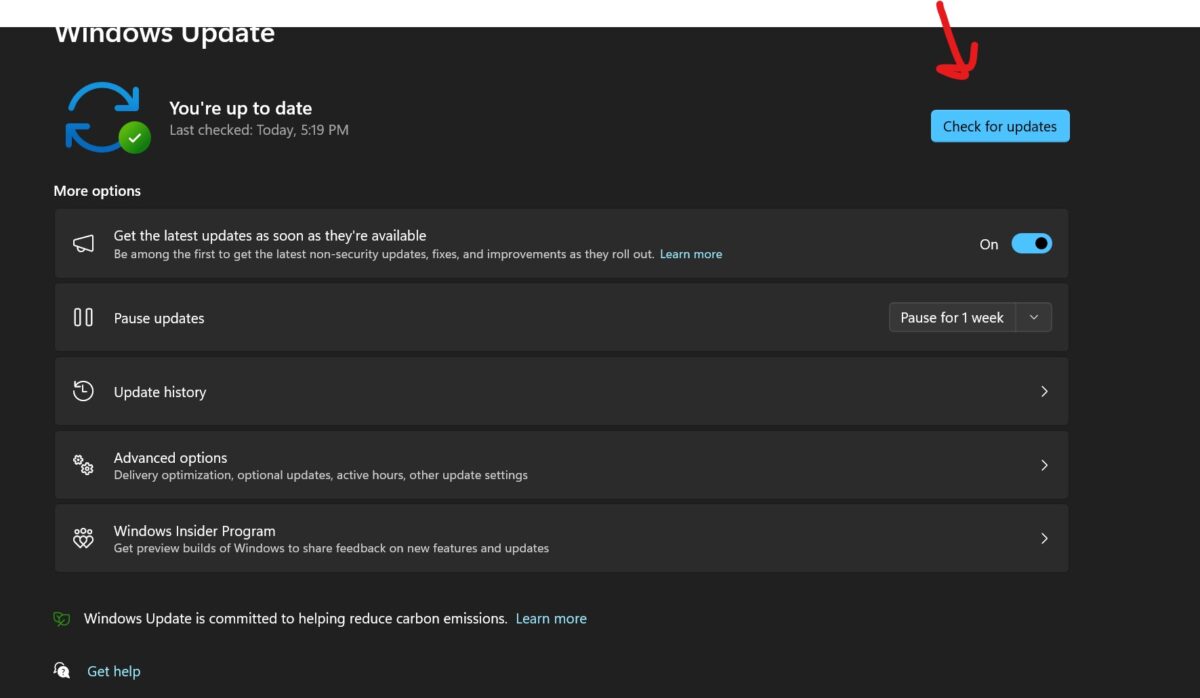test1 interface:
<title>testPHP</title> <meta http-equiv="content-type" content="text/html; charset = utf-8"> <?php //第一种设置传参方式,通过cookie setcookie('my','yefeng'); //第二种传参方式,通过设置服务器session值传递参数 session_start(); $_SESSION["temp"] = array('456','789'); $test = "我是一个测试变量"; ?> <div id="test1" style="height:10%; border:1px solid red"> //第一种传参方式 </div> <div id="test2" style="height:10%; border:1px solid red; margin-top:5%"> //第二种传参方式 </div> <div id="test3" style="height:10%; border:1px solid red; margin-top:5%"> //第三种传参方式 <form action="test2.php" method="post"> <input type="text" name="my"> <input type="submit" name="submit" value="提交"> </form> </div> <div id="test4" style=" height:10%; border:1px solid red; margin-top:5%"> <a href="<?php%20echo" test2.php>"> 第四种传参方式 </a> </div>
test2 interface:
<meta charset="'utf-8'"> <?php $test = $_COOKIE['my']; echo $test; echo '<br/>'; session_start(); for($i = 0; $i '; } $testForm = $_POST['my']; echo "表单参数传递".$testForm; echo "第四种传参值".$_GET['urlValue']; ?>
The above introduces the four methods of passing parameters in PHP, including the relevant content. I hope it will be helpful to friends who are interested in PHP tutorials.
 华为GT3 Pro和GT4的差异是什么?Dec 29, 2023 pm 02:27 PM
华为GT3 Pro和GT4的差异是什么?Dec 29, 2023 pm 02:27 PM许多用户在选择智能手表的时候都会选择的华为的品牌,其中华为GT3pro和GT4都是非常热门的选择,不少用户都很好奇华为GT3pro和GT4有什么区别,下面就就给大家介绍一下二者。华为GT3pro和GT4有什么区别一、外观GT4:46mm和41mm,材质是玻璃表镜+不锈钢机身+高分纤维后壳。GT3pro:46.6mm和42.9mm,材质是蓝宝石玻璃表镜+钛金属机身/陶瓷机身+陶瓷后壳二、健康GT4:采用最新的华为Truseen5.5+算法,结果会更加的精准。GT3pro:多了ECG心电图和血管及安
 Apple iPhone 16 Pro as Leica smartphone: Leica subsidiary confirms camera grip with official Leica appJun 13, 2024 pm 08:52 PM
Apple iPhone 16 Pro as Leica smartphone: Leica subsidiary confirms camera grip with official Leica appJun 13, 2024 pm 08:52 PMLeicareleasedtheLeicaLuxcameraappfortheAppleiPhoneafewdaysago.However,theappwasnotdevelopedbyLeica,butbyFjorden.ThecompanyhasbeenknownprimarilyforitscameragripsfortheiPhoneandwasacquiredbyLeicainDecember2023.Fo
 Remote 3 universal remote control comes with touchscreen, but without subscription or server obligationJun 14, 2024 am 09:13 AM
Remote 3 universal remote control comes with touchscreen, but without subscription or server obligationJun 14, 2024 am 09:13 AMSincethedemiseofLogitech'spopularHarmonyremotecontrols,themarketforhigh-qualityuniversalremotecontrolshasbeenfragmentedatbest.UnfoldedCircleaimstoavoidthefateoftheHarmonyUltimatebyeliminatinganyserverobligationsorsubs
 修复:截图工具在 Windows 11 中不起作用Aug 24, 2023 am 09:48 AM
修复:截图工具在 Windows 11 中不起作用Aug 24, 2023 am 09:48 AM为什么截图工具在Windows11上不起作用了解问题的根本原因有助于找到正确的解决方案。以下是截图工具可能无法正常工作的主要原因:对焦助手已打开:这可以防止截图工具打开。应用程序损坏:如果截图工具在启动时崩溃,则可能已损坏。过时的图形驱动程序:不兼容的驱动程序可能会干扰截图工具。来自其他应用程序的干扰:其他正在运行的应用程序可能与截图工具冲突。证书已过期:升级过程中的错误可能会导致此issu简单的解决方案这些适合大多数用户,不需要任何特殊的技术知识。1.更新窗口和Microsoft应用商店应用程
 Light Phone 3 launches with 50% discount, monochrome OLED and minimalist designJun 13, 2024 pm 10:18 PM
Light Phone 3 launches with 50% discount, monochrome OLED and minimalist designJun 13, 2024 pm 10:18 PMWhiletheLightPhone2from2018wasstillequippedwithaneconomicale-inkdisplay,theLightPhone3usesanOLEDdisplaythatcanonlydisplaygrayscale.Thereasonfortheswitchtothe3.92-inchOLEDpanelwithitsresolutionof1,240x1,080isth
 First complete PCIe 7.0 IP solution presented by Synopsys coming to market in 2025 for HPCs and AI supercomputersJun 14, 2024 am 09:19 AM
First complete PCIe 7.0 IP solution presented by Synopsys coming to market in 2025 for HPCs and AI supercomputersJun 14, 2024 am 09:19 AMBackin2022,whenPCIe7.0wasstartingtotakeshapeasafuturestandard,PCIe5.0wasjusthittingtheservermarketsandtheprospectofseeingPCIe6.0devicesavailableanytimesoon,letalonePCIe7.0ones,wasquitefar-fetched.CurrentlyPCIe5
 如何修复无法连接到iPhone上的App Store错误Jul 29, 2023 am 08:22 AM
如何修复无法连接到iPhone上的App Store错误Jul 29, 2023 am 08:22 AM第1部分:初始故障排除步骤检查苹果的系统状态:在深入研究复杂的解决方案之前,让我们从基础知识开始。问题可能不在于您的设备;苹果的服务器可能会关闭。访问Apple的系统状态页面,查看AppStore是否正常工作。如果有问题,您所能做的就是等待Apple修复它。检查您的互联网连接:确保您拥有稳定的互联网连接,因为“无法连接到AppStore”问题有时可归因于连接不良。尝试在Wi-Fi和移动数据之间切换或重置网络设置(“常规”>“重置”>“重置网络设置”>设置)。更新您的iOS版本:
 Doogee S punk: Rugged smartphone with powerful speakers, configurable LEDs and 10800 mAh batteryJun 14, 2024 am 09:12 AM
Doogee S punk: Rugged smartphone with powerful speakers, configurable LEDs and 10800 mAh batteryJun 14, 2024 am 09:12 AMDoogeewillsoonbeofferinganewsmartphonewithauniquesellingpointintheformofalargespeakerontheback.Itisclearlynoticeableandvisuallydominatestheback.Themaximumoutputpowerisspecifiedas4watts,andaccordingtothemanufact


Hot AI Tools

Undresser.AI Undress
AI-powered app for creating realistic nude photos

AI Clothes Remover
Online AI tool for removing clothes from photos.

Undress AI Tool
Undress images for free

Clothoff.io
AI clothes remover

AI Hentai Generator
Generate AI Hentai for free.

Hot Article

Hot Tools

Dreamweaver CS6
Visual web development tools

Dreamweaver Mac version
Visual web development tools

mPDF
mPDF is a PHP library that can generate PDF files from UTF-8 encoded HTML. The original author, Ian Back, wrote mPDF to output PDF files "on the fly" from his website and handle different languages. It is slower than original scripts like HTML2FPDF and produces larger files when using Unicode fonts, but supports CSS styles etc. and has a lot of enhancements. Supports almost all languages, including RTL (Arabic and Hebrew) and CJK (Chinese, Japanese and Korean). Supports nested block-level elements (such as P, DIV),

Notepad++7.3.1
Easy-to-use and free code editor

Zend Studio 13.0.1
Powerful PHP integrated development environment






